ILLUSTRATIONS BY ANDY SNAIR
Associate Professor Bonnielin Swenor and colleagues of the Lancet Global Health Commission on Global Health call it like they see it, offering concrete steps to combat an increasing problem worldwide—perhaps 1.1 billion people with vision impairment by 2024. “The United Nations declared this the ‘Decade of Action’ to deliver the Sustainable Development Goals (SDGs) and accelerate sustainable solutions to the world’s biggest challenges of peace, planet and prosperity by 2030,” they write in Opthalmic and Physiological Optics. “It is time to change our view on eye health.”
Their article, “Defining Eye Health for Everyone,” lays out a how-to:
“First, there is a need to generate and meet demand for the full range of eye health services. … This will require integrated partnerships across public, private, philanthropic and community sectors to harness the power of shared goals, resources and expertise.”
“Second, we should not consider eye health interventions an end unto themselves, but as a means to better health and wellbeing, and greater inclusion.”
“Third, people must be at the centre of eye health services and equal importance should be placed on what they think, feel and do resulting from accessing services. … Designing services around people rather than specific interventions will lead to services being much better integrated … to meet the needs of both individuals and the group.”
“Finally, we need better evidence. We must better quantify the full extent of eye health needs in populations with a particular focus on the historically neglected. … We must also generate and use evidence that identifies how to implement accessible, high-quality eye health services at scale to meet the needs of the population, with equity and inclusion embedded, and financed in ways that do not create financial hardship.”
They add, “Good eye health is about more than eye diseases and vision loss. Current definitions fall short of describing all the aspects of eye health that are needed to achieve good quality, people-centred eye care that enables everyone to achieve their full potential.”
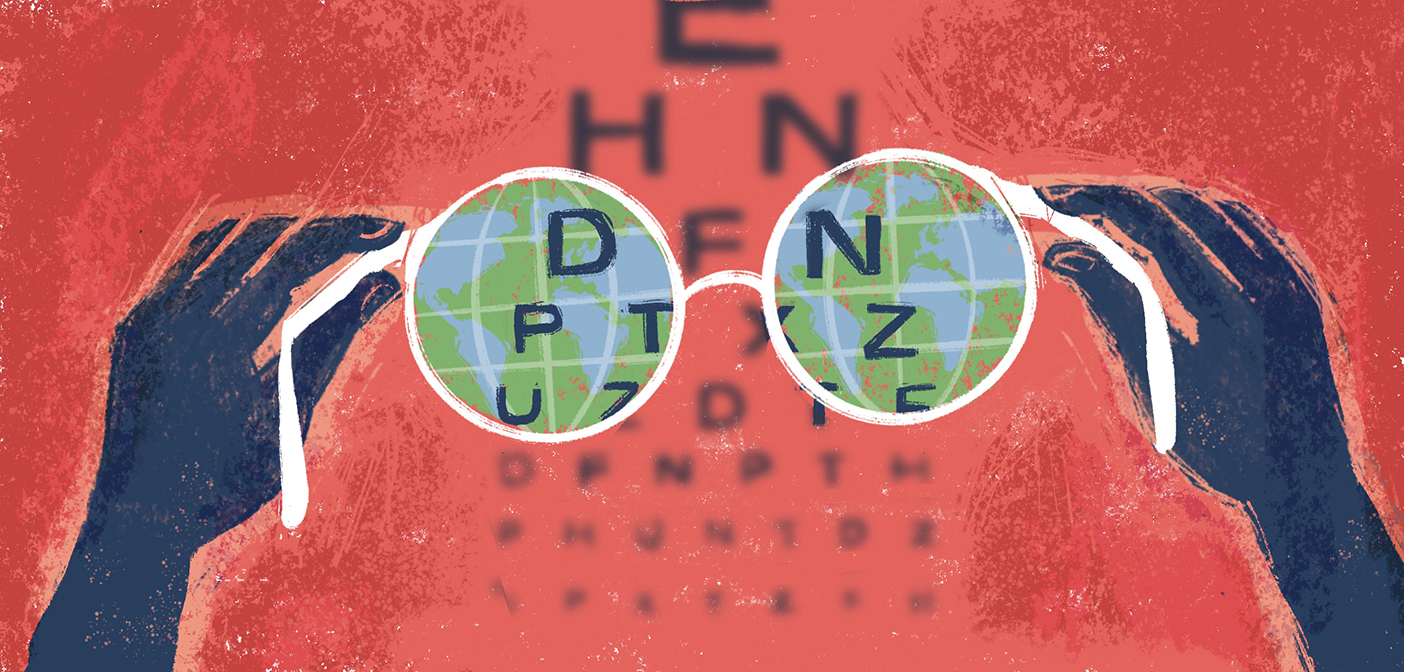
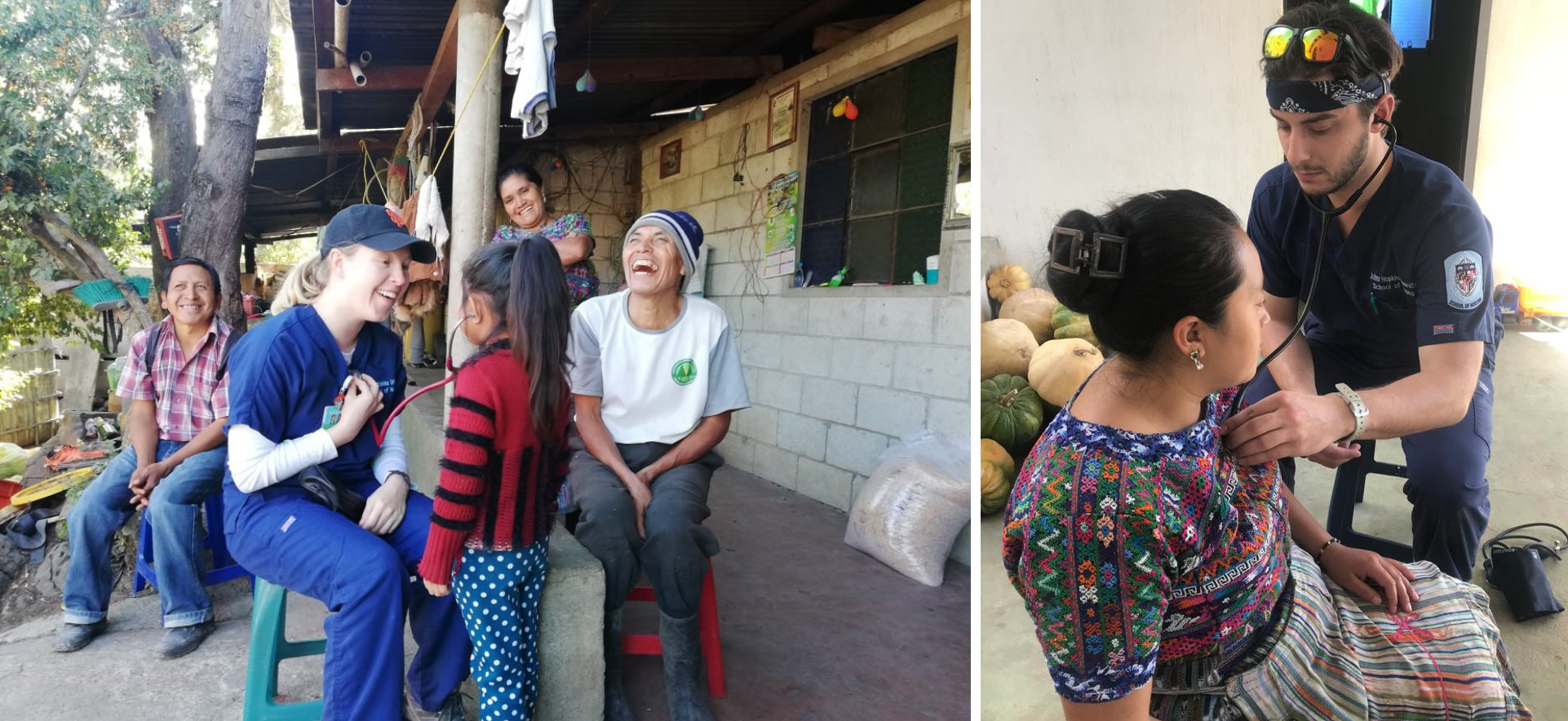 Guatemala Re-visited: Rainwater Project Shows Value of Service-learning Trips
Guatemala Re-visited: Rainwater Project Shows Value of Service-learning Trips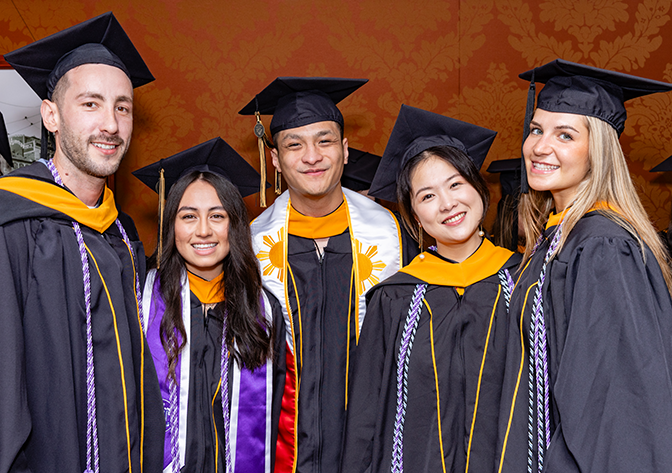 Awards for Diversity
Awards for Diversity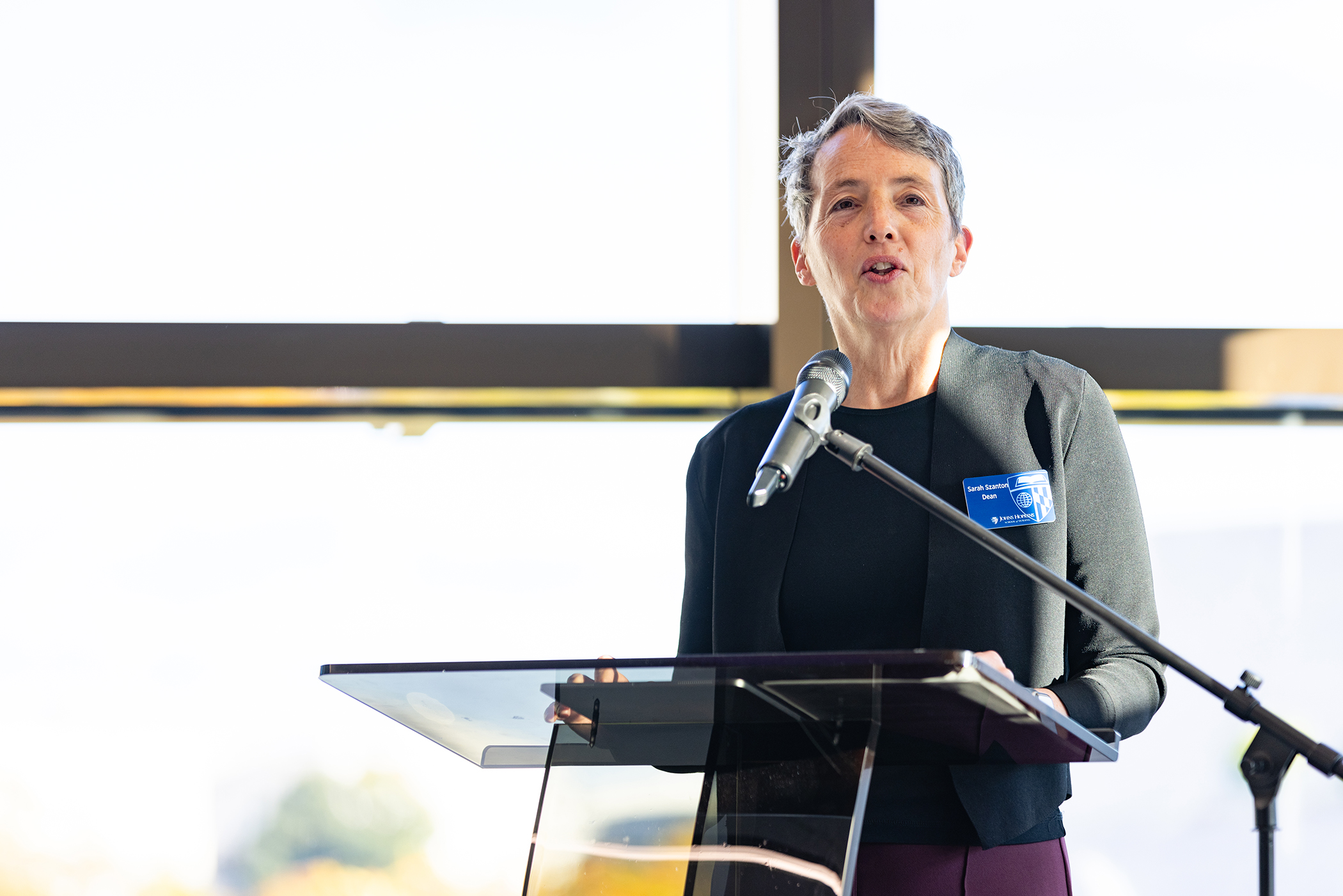 From the Dean: Here & Now
From the Dean: Here & Now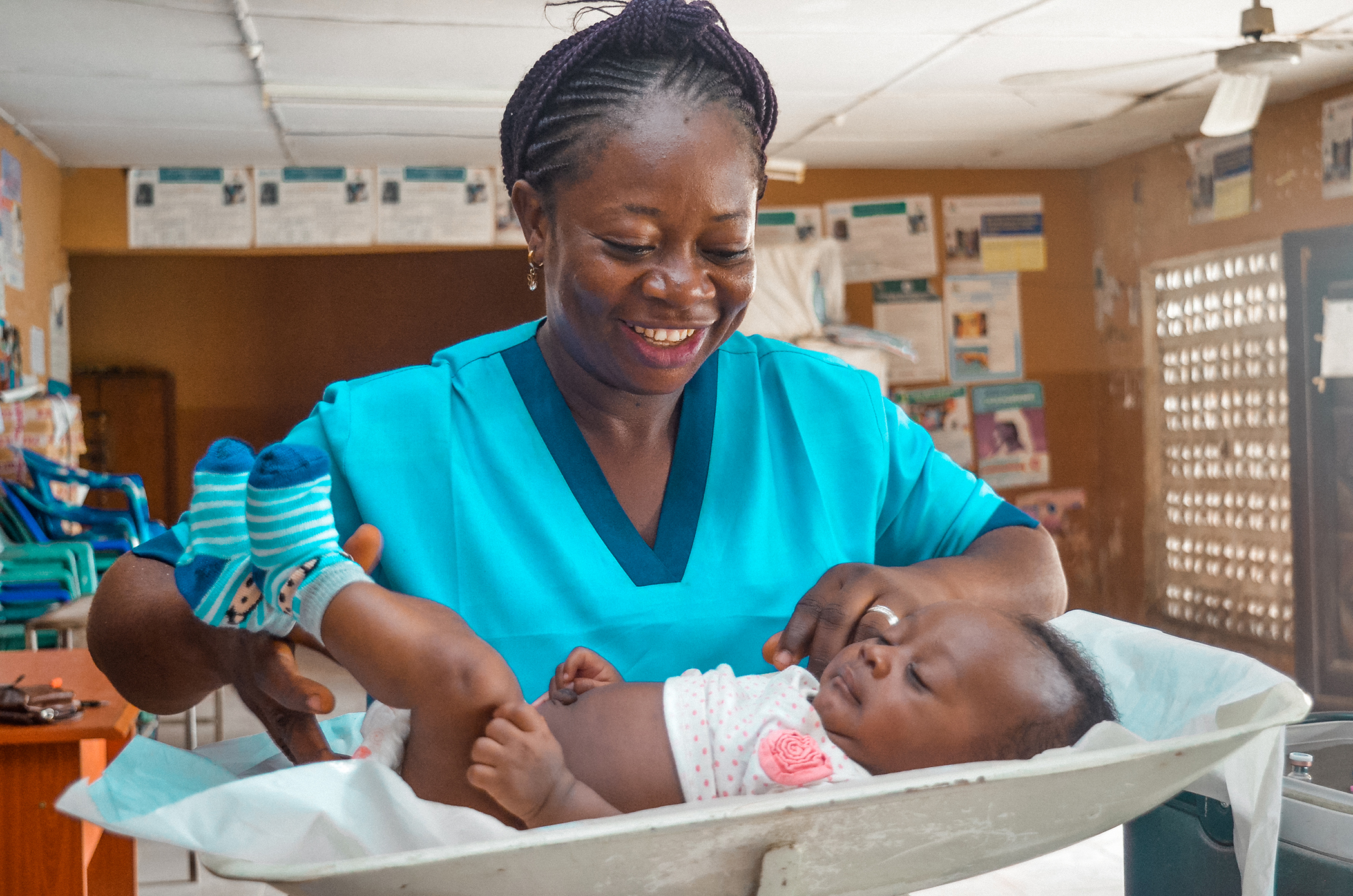 Nurse Edith Brings Primary Health Care to Everyone in Rural Nigeria
Nurse Edith Brings Primary Health Care to Everyone in Rural Nigeria Vincent Guilamo-Ramos Offers Healthy Nudge on Policy: ‘We Can Do Better’
Vincent Guilamo-Ramos Offers Healthy Nudge on Policy: ‘We Can Do Better’







